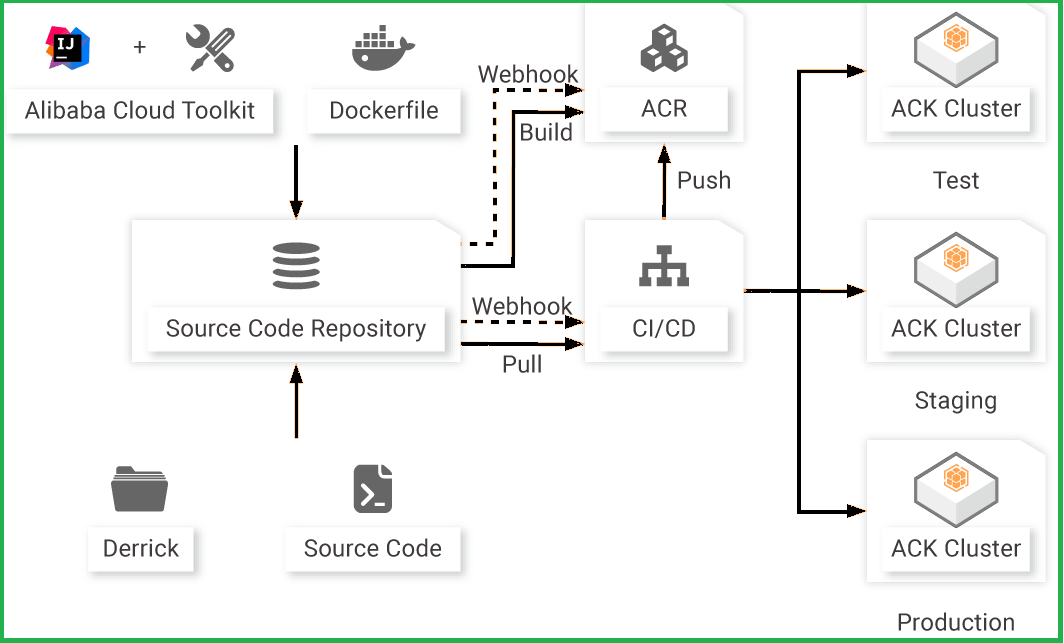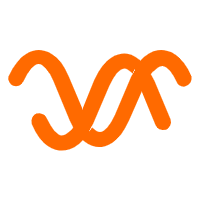By Shantanu Kaushik
Cloud computing has come a long way since its creation. The evolutionary cycle has raised the bar for computing architecture and helped organizations churn out applications and solutions rapidly. However, application development for business facilitation is still not 100% cloud-native. Applications are developed and delivered using cloud computing but are based on traditional methodologies. These applications are cloud-compatible but not cloud-native.
When the shift towards cloud computing began to accelerate, traditional data centers’ deployments were replaced by virtual infrastructure for the masses. The bare-bones physical infrastructure has many limitations that were lifted by IaaS (Virtual Servers.) There several additions to the application without changing its base structure to make applications cloud compatible and extract the same business value from it as it had in the traditional setup.
However, the biggest difference between traditional and cloud-native is the dependencies. Containers can give an application all its dependencies and data easily. There are fewer constraints and very low chances of failure as the applications become more lightweight and the development to delivery approach is highly automated. The biggest concern is operations and maintenance (O&M). Cloud-native cuts down significantly on O&M as the application is highly self-sustainable.
Developers love it when an architecture allows them to use resources in an isolated manner. The configuration of different threads, networks, and other resources can enable developers to use resources on individual hosts. Cloud-native has changed how the SDLC works.
Let imagine a scenario where you are using Alibaba Cloud Object Storage Service (OSS). With cloud-native, you can call out the required data and manage the Alibaba Cloud OSS service using an API or Alibaba Cloud SDK. Distributed environments bring new challenges in management and standardization, but using multiple frameworks and a specific set of services can help overcome these challenges.

Developers do not have to comprehend how resource scaling (Auto Scaling) will work. The cloud-native architecture takes care of it. Cloud-native can call or integrate hardware capabilities and other services to reduce the complexities of a distributed channel and allow the developers and O&M personnel to work.
The core usability features of a business application are the priority. However, auxiliary feature integration ensures:
Alibaba Cloud services ensure high availability for your business applications. The application resources, such as database link and storage services, are directly controlled by the cloud service. Here, Alibaba Cloud Server Load Balancer (SLB) enables high-availability scenarios for the application connections.
Auxiliary features ensure stable systems when using distributed environments like a multi-cloud. Let’s discuss some of the major systems of these services:
Whenever an issue occurs, an automated call for O&M is induced. This process doesn’t require any human intervention. Application failures may occur due to the internal issues of the virtual environment within a cloud system. Containers enable monitoring, resource orchestration, and container creation to overcome the issue and allow business application availability. After the issue is permanently resolved, the created containers are deleted.
Alibaba Cloud has worked closely to monitor and enable high-availability scenarios to ensure that redundancies can overcome any exceptions thrown at the application. Alibaba Cloud has integrated the functionality that whenever a VM detects an exception, the application is migrated to another server without taking the application down. This ensures uninterrupted service.
Alibaba Cloud has watched industry standards and trendy practices to include features that enable seamless application delivery automation. With DevOps, we call it continuous delivery, but that is a model that defines the automation concept very specifically.
Business applications are developed to extract the value of the business practice. This application goes through stages within the software development lifecycle to achieve continuous integration and delivery that helps maintain stability and additional features in every release. These applications are deployed within the enterprise and could be deployed at customer or outsource ends.
The biggest challenge is to ensure a standardized environment for deployment. Another challenge that arises is the O&M requirements after deployment. These challenges need to be addressed to enable enterprises yield more value out of the applications. Cloud-native is the answer.
Cloud-native architecture solves the issues related to software delivery standardization. The application is delivered to match the cloud standards. It is built with containers that store everything an application needs to run irrespective of the platform, ensuring that applications do not need any specific environment to run.

The Alibaba Cloud toolkit (as depicted in the visualization above) provides the necessary tools that differentiate between different environments and enables the application to automatically detect the relevant configuration and code depending on the destination environment.
Applications run based on the desired state, improving significantly over the traditional software delivery mechanisms. Let’s talk about a microservice-based application that is deployed on a major scale spanning thousands of nodes. Automation is the key. It helps achieve continuous delivery during massive workloads without interruptions to the overall application availability.
In Part 3 of this series, we will discuss the core principles of cloud-native architecture. We will showcase the architecture models to explain how cloud-native different scenarios can help you achieve application development and deployment excellence. Later in this series, we will explain the challenges of migrating traditional applications and how cloud-native can help the transformation and O&M of such applications.
Cloud-Native and Application Management with Ease – Part 3: Architecture Principles

2,599 posts | 765 followers
FollowAlibaba Clouder - February 24, 2021
Alibaba Clouder - February 26, 2021
Alibaba Clouder - February 26, 2021
Alibaba Clouder - February 25, 2021
Alibaba Clouder - March 1, 2021
Alibaba Clouder - March 1, 2021

2,599 posts | 765 followers
Follow Auto Scaling
Auto Scaling
Auto Scaling automatically adjusts computing resources based on your business cycle
Learn More Retail Solution
Retail Solution
Alibaba Cloud enables digital retail transformation to fuel growth and realize an omnichannel customer experience throughout the consumer journey.
Learn More DevOps Solution
DevOps Solution
Accelerate software development and delivery by integrating DevOps with the cloud
Learn More Alibaba Cloud Flow
Alibaba Cloud Flow
An enterprise-level continuous delivery tool.
Learn MoreMore Posts by Alibaba Clouder